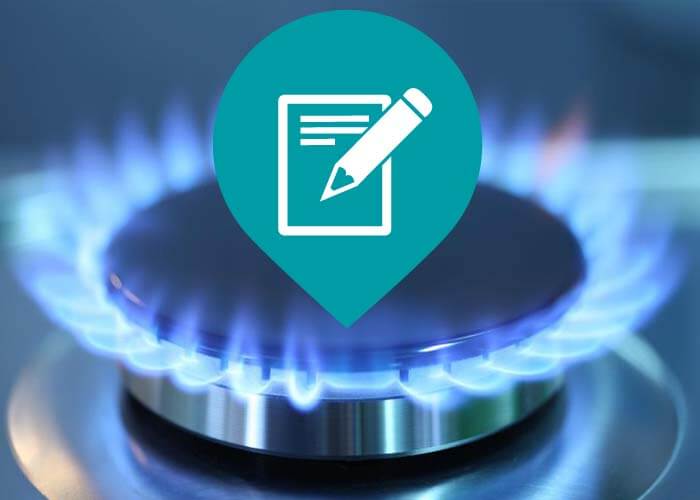
Exactly how Does the Natural Gas Distribution System Job?
Exactly how Does the Gas Distribution System Work?
Gas streaming from greater to lower pressure is the basic concept of the natural gas delivery system. The amount of pressure in a pipeline is determined in extra pounds per square inch.
From the well, the gas enters into "event" lines, which resemble branches on a tree, obtaining larger as they get closer to the central collection point.
Gathering Systems
A gathering system may require several field compressors to relocate the gas to the pipe or the handling plant. A compressor is a machine driven by an internal burning engine or wind turbine that develops pressure to "press" the gas with the lines. A lot of compressors in the natural gas delivery system make use of a small amount of gas from their own lines as fuel.
Some gas gathering systems consist of a handling facility, which does such features as eliminating contaminations like water, co2 or sulfur that might rust a pipeline, or inert gases, such as helium, that would certainly reduce the energy value of the gas. Handling plants also can eliminate small quantities of lp and also butane. These gases are made use of for chemical feedstocks and various other applications.
The Transmission System
From the celebration system, the gas moves right into the transmission system, which is usually made up of regarding 272,000 miles of high-strength steel piper.
These big transmission lines for natural gas can be contrasted to the country's interstate highway system for cars. They relocate big amounts of gas countless miles from the producing regions to local circulation companies (LDCs). The stress of gas in each area of line typically ranges from 200 extra pounds to 1,500 pounds per square inch, depending upon the sort of area in which the pipeline is operating. As a precaution, pipes are developed as well as created to handle a lot more stress than is ever before in fact gotten to in the system. For instance, pipelines in more inhabited areas operate at less than half of their layout stress level.
Numerous major interstate pipes are "looped"-- there are two or even more lines running parallel to each other in the same right of way. This provides optimum capacity throughout periods of peak need.
Compressor Stations
Compressor stations lie around every 50 to 60 miles along each pipeline to enhance the pressure that is lost via the friction of the gas moving with the steel pipeline. Several compressor terminals are completely automated, so the devices can be begun or quit from a pipe's central control room. The control space can also from another location run shut-off shutoffs along the transmission system. The operators of the system keep thorough operating information on each compressor terminal, and also continually adjust the mix of engines that are going to make best use of performance and also safety and security.
Gas relocations through the transmission system at up to 30 miles per hr, so it takes a number of days for gas from Texas to come to an utility invoice point in the Northeast. Along the way, there are numerous affiliations with various other pipelines as well as various other utility systems, which supplies system operators a large amount of versatility in relocating gas.
Linepack
A 50-mile section of 42-inch transmission line operating at around 1,000 extra pounds of stress includes Click for more info about 200 million cubic feet of gas-- sufficient to power a kitchen range for more than 2,000 years. The amount of gas in the pipe is called the "linepack.".
By raising as well as decreasing the pressure on any kind of pipe sector, a pipe business can utilize the section to keep gas during durations when there is much less demand at the end of the pipe. Making use of linepack this way enables pipeline operators to handle per hour changes popular really successfully.
Natural gas pipes as well as utilities use extremely sophisticated computer versions of customer demand for natural gas, which connect daily as well as per hour consumption patterns with seasonal and also ecological elements. That's why clients can rely on the reliability of gas-- when it's required, it exists.
Gateway Terminals.
When the gas in a transmission pipeline gets to a local gas energy, it normally goes through a "entrance station." Utilities often have gateway stations receiving gas at many different areas as well as from several various pipelines. Gateway stations offer 3 functions. Initially, they minimize the stress in the line from transmission levels (200 to 1,500 pounds) to circulation levels, which range from 1/4 extra pound to 200 extra pounds. Then an odorant, the unique sour aroma connected with gas, is included, so that customers can scent also small quantities of gas. Ultimately, eviction terminal measures the flow rate of the gas to figure out the quantity being gotten by the energy.